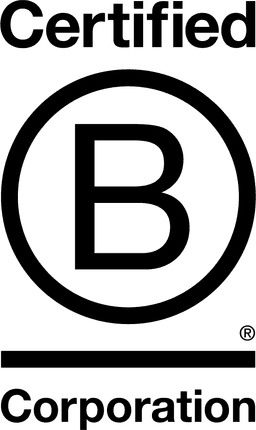

WOWOWA Architecture

Victoria, Australia
September 2019
Architecture design & planning
Service with Minor Environmental Footprint
Australia
At WOWOWA, we seek JOY and HOPE in every project – and we deliver architecture – seriously playful architecture. Our practice is committed to creating colourful, contemporary, ideas-driven spaces that reset the boundaries of environmental innovation and have a sense of humour – livability & lovability. With offices in Melbourne and Perth, our reach is both residential and public in scale, encompassing homes, schools, and community places and spaces. Our work is a testament to the MOMENT and to MEMORY, it looks to the past to keep things fresh – a mixture of highbrow architectural references and the nostalgia of home-grown narrative, and it explores and references the NOW – through the life of the client – their fancies and foibles, their hopes and happiness – what is quintessential to them. AND when we speak of MEMORY or even SUSTAINABILITY, when we mean more than adaptive reuse of architectural device or materiality Having signed Australian Architects Declare, WOWOWA is committed to a regenerative and environmentally deliberative design process that’s collaborative, empathetic and playful. As industry thought leaders, they advocate for broader diversity and more perspectives within their colourful, narrative driven projects that champion co-creation and acknowledge Country.
Overall B Impact Score
Governance 12.4
Governance evaluates a company's overall mission, engagement around its social/environmental impact, ethics, and transparency. This section also evaluates the ability of a company to protect their mission and formally consider stakeholders in decision making through their corporate structure (e.g. benefit corporation) or corporate governing documents.
What is this? A company with an Impact Business Model is intentionally designed to create a specific positive outcome for one of its stakeholders - such as workers, community, environment, or customers.
Workers 27.8
Workers evaluates a company’s contributions to its employees’ financial security, health & safety, wellness, career development, and engagement & satisfaction. In addition, this section recognizes business models designed to benefit workers, such as companies that are at least 40% owned by non-executive employees and those that have workforce development programs to support individuals with barriers to employment.
Community 23.6
Community evaluates a company’s engagement with and impact on the communities in which it operates, hires from, and sources from. Topics include diversity, equity & inclusion, economic impact, civic engagement, charitable giving, and supply chain management. In addition, this section recognizes business models that are designed to address specific community-oriented problems, such as poverty alleviation through fair trade sourcing or distribution via microenterprises, producer cooperative models, locally focused economic development, and formal charitable giving commitments.
Environment 18.2
Environment evaluates a company’s overall environmental management practices as well as its impact on the air, climate, water, land, and biodiversity. This includes the direct impact of a company’s operations and, when applicable its supply chain and distribution channels. This section also recognizes companies with environmentally innovative production processes and those that sell products or services that have a positive environmental impact. Some examples might include products and services that create renewable energy, reduce consumption or waste, conserve land or wildlife, provide less toxic alternatives to the market, or educate people about environmental problems.
What is this? A company with an Impact Business Model is intentionally designed to create a specific positive outcome for one of its stakeholders - such as workers, community, environment, or customers.
Customers 3.2
Customers evaluates a company’s stewardship of its customers through the quality of its products and services, ethical marketing, data privacy and security, and feedback channels. In addition, this section recognizes products or services that are designed to address a particular social problem for or through its customers, such as health or educational products, arts & media products, serving underserved customers/clients, and services that improve the social impact of other businesses or organizations.